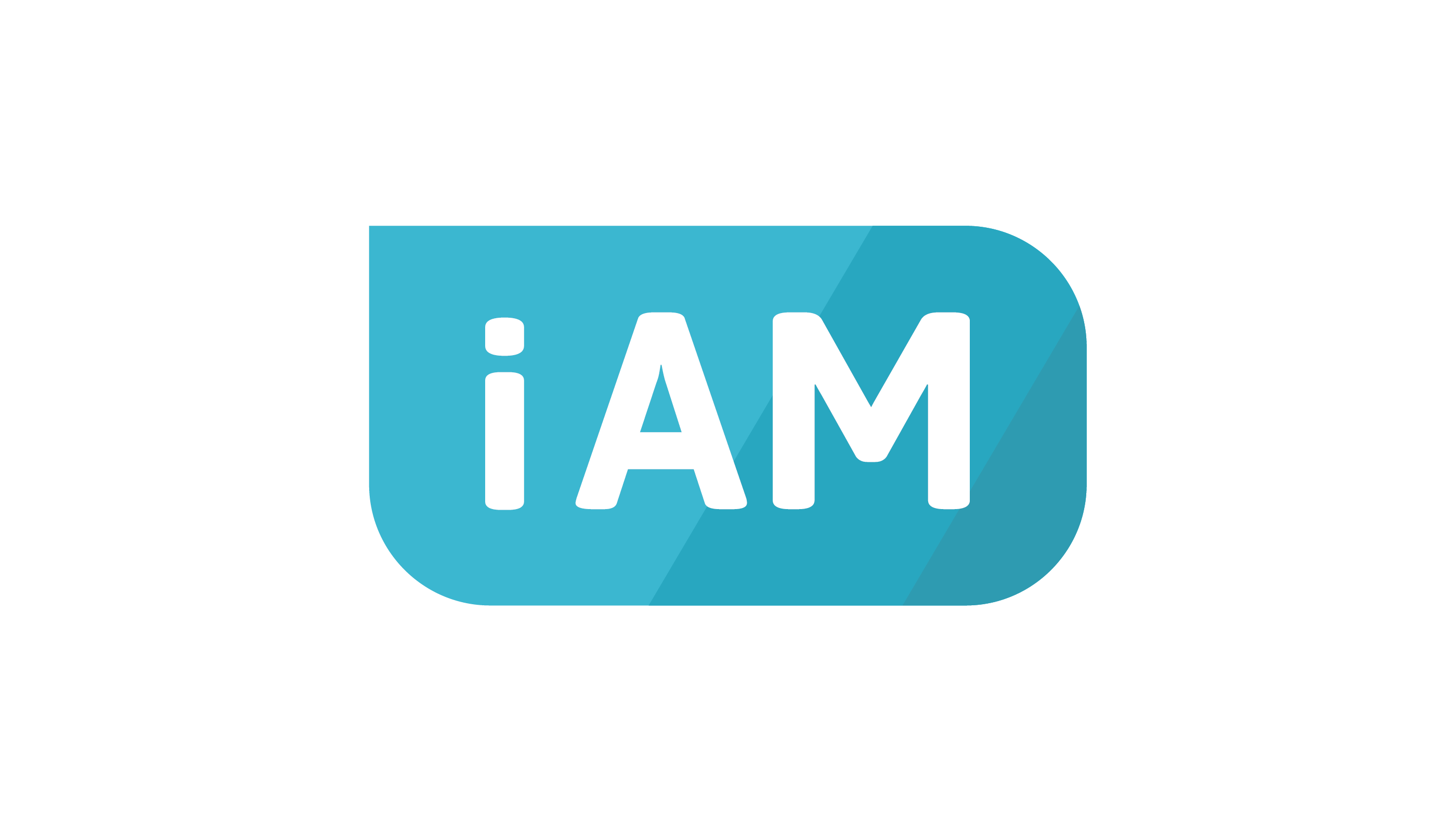As exciting as it is for students to hear the trill of a fire alarm, it’s slightly less so for school employees. Unless, of course, it’s the end of the school year and everyone just needs a lie-down. That’s a conversation for another time though.
The fact is, planned maintenance schedules are an essential part of running a safe and successful school.
The flip side of that coin is that these same schedules can be a migraine-inducing activity if you’re not using a smart system.
We’d like to encourage you to take a look at our comprehensive checklist for school maintenance to help you get prepared ahead of the summer months.
Planned Maintenance Checklist
Planned maintenance for schools is one of those things that is never going to go away. Health and safety regulations and various other compliance issues tend to be somewhat persistent, and understandably so. Nobody wants to tell Karen that their daughter was trapped in a toilet cubicle for the duration of second break!
Therefore, the best plan will consist of three main areas: organisation, inspection, and maintenance.
Organisation
The best-laid plans are those that have been set up and agreed upon before the work starts. That means clearly defining the responsibilities and assigning them to the right people. It also means knowing when things need to happen, and how.
Inspection
A thorough inspection must form the basis of a school maintenance plan. This provides your jump-off point and will offer all the information needed to keep things safe, simple, and compliant. Areas that require professional input such as electrics, plumbing, and any structural conditions should be assessed by a qualified technical person.
A risk assessment is essential. Especially if your establishment caters to younger children. Little ones tend to fearlessly explore the boundaries of health and safety which changes the playing field in terms of potential risks.
Maintenance
The maintenance plan should be set up to ensure that:
- All areas are fully functional at all times and that structures and utilities operate for their expected lifespan
- The facilities provide a safe and healthy environment for both students and staff
- The physical environment promotes comfort and learning
- The entire property is kept to its designed standard to safely withstand weather, general wear and tear, and the habits of bizarrely destructive children
These three factors will help to create the framework for a solid planned maintenance schedule. Let’s break this down further.
School Cleaning
Maintaining a clean school is much like painting the Forth Bridge; as soon as you’re finished you need to start all over again. Our good friend COVID has added to the minimum requirements of school cleanliness too – which is nice.
The daily schedule should include cleaning and, where required, sanitising of:
- Walls and floors
- Removal of graffiti if your students fancy themselves as budding artists
- Windowsills and window handles
- Light switches
- Doors and handles
- Toilets and washbasins
- Refrigerators and food storage areas
- Kitchen sinks and counters
- Cups, plates, cutlery, and trays
- Tables, desks, and chairs
- Play surfaces and toys
- Waste bins
Immediate cleaning of spills, blood, or other bodily fluids must be undertaken, and the area sanitised.
Groundskeeping
A groundskeeper’s work is never done. The extensive grounds of a school need a lot of TLC as do the athletics zones, sports equipment, and landscaped areas. Their duties will include:
- Managing waste and waste areas
- Grass cutting and fertilising
- Tending to landscaped areas
- Maintaining plant equipment
- Trim trees and bushes
- Painting of fencing and gates as well as sports field markings
- Maintaining parking areas
- Cleaning and maintenance of swimming pools, tennis courts, athletics tracks, and pathways
- Pest control
- Soft-fall areas and playground equipment
- Snow and ice management
Your school may have additional facilities that need to be tacked on to this list.
Building Maintenance Breakdown
Yes, this information is a little “listy,” but it is, after all, a checklist. We need the right information to make the right decisions, and to reward you for your patience and diligence we’ve got a little surprise for you at the end.
First, we must break down some of the important elements that need to feature on your regular maintenance checklist. After all, the health and safety of hundreds of little unemployed people rest in your hands – no pressure.
Safety and Security
While we can’t predict when Tommy Walsh is going to poke his fellow students with a sharp object again, we can ensure that the rest of the school is as safe as it can be. Therefore, we want to focus on making sure that the following areas are top priority:
- Repair and maintenance of security fences, gates, intercoms, and CCTV devices
- Bells, sirens, smoke alarms, and sprinkler systems
- Fire systems and evacuation routes
- Emergency lighting
- Roofing and structural support systems in the event of extreme weather
Electrical
Your electrical system is the nerve centre of your school and necessary for heating, cooling, lighting, and of course, sweet, sweet coffee.
It’s wise to employ a registered professional to regularly inspect and maintain the electrical system. This should include:
- Checking all electrical equipment for damage
- Testing circuit breakers
- Inspecting plugs, switches, and cabling
- Checking that all electrical tags are correct and up to date
Plumbing
One area that you really want to keep in perfect working order is the plumbing system. How else will you keep those little hands clean and those toilets flushing?
Be sure to:
- Check that water connections, pipes, and fixtures are working
- Check toilets for leaks and confirm adequate flushing
- Check basins and showers for damage
- Check the condition of the geysers or boilers and associated pipework
- Confirm that drains are clear and clean
- Regularly check septic tank systems if applicable
Interior
The interior checklist should include monitoring and fixing of:
- Door and window locks
- Light fittings and switches
- Chairs, tables, and desks
- Notice boards, white/blackboards, shelving, and storage areas
- Fans, air-conditioning, and ventilation
- Wall and floor damage
- Clocks and digital signage
- Toilets, taps, showers, and basins
- Wall cracks or water damage
- Water damage through leaks
Exterior
A regular and thorough inspection of the exterior of school buildings will involve:
- Checking, cleaning, and maintenance of roofs, gutters, downpipes, and drains, including flashing
- Cleaning and replacing signage
- Checking vents and external gas and water pipes
- Noting and repairing cracks
- Painting and touch-ups
- Inspection of windows and doors
- Columns, beams, and structural walls and floors
- Inspecting vulnerable areas for rust or wood rot
Preventative Maintenance
You’ve heard the old adage, “If it ain't broke then don’t try and fix it” right? Well, forget that. It doesn’t apply to preventative maintenance programmes.
Preventative maintenance serves to keep all facilities and equipment in good order, so they don’t end up like the infamous McDonald’s ice cream machines. Your checklist should include the following:
Monthly Checks
- Pest control treatments
- Alarm systems, smoke detectors, and fire extinguishers
- Air-conditioning filters
- Security systems
Annual Checks
- Electrical functions by a registered professional
- HVAC systems
- Plumbing systems
- Door hinges and locks
- Ceilings and floors
Every Two – Five Years
- Internal and external painting
- Furniture repair or replacements
- Windows and glass
Every Ten Years
- Replacement or refurbishment of floor coverings
- Roof and guttering repair
- Bathroom fixtures and fittings
- Electrical wiring, plugs points, and lighting
If you are feeling that all-too-familiar anxiety rising in your chest at the sheer volume of work that school maintenance involves, pause. Take a breath. Yes, this is a lot of information, but we have a cunning plan that is going to dissolve all your stress.
You may have guessed by now that we have a (brilliant) solution to the headache that is the maintenance of school facilities, and health and safety compliance.
iAM Compliant Is the Solution
iAM Compliant is a web-based, scalable safety management tool that will take the weight off your shoulders. The information above can be loaded into your own personal programme and will spit out:
- Personalised risk assessments
- Detailed task lists, along with information on the person or department responsible
- Task monitoring information
- Safety information
- Real-time reports on costs
This genius system also makes short of work recording incidents and accidents and keeping all relevant information in a tidy, accessible space. You’ll also enjoy our user-friendly support portal if you get stuck.
You will no doubt have noticed that this systematic and proactive approach to planned maintenance will save your school time, money, and a lot of pesky paperwork.
We’d love to walk you through our system and pause to enjoy your Eureka moments. If you’re as excited about this as we are then please get in touch with us.


